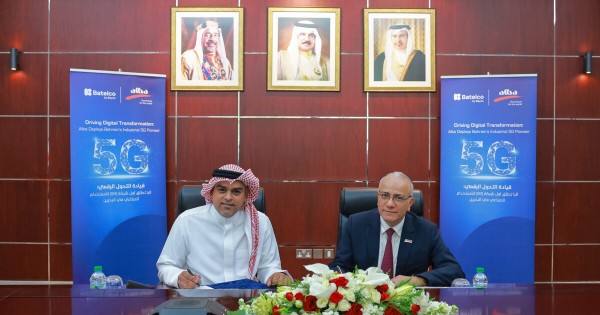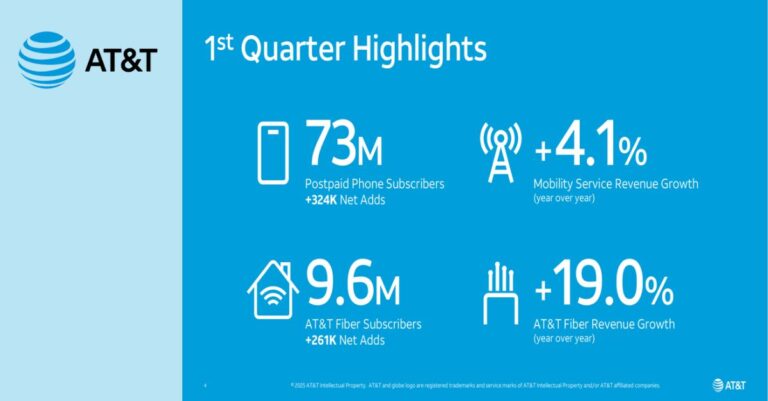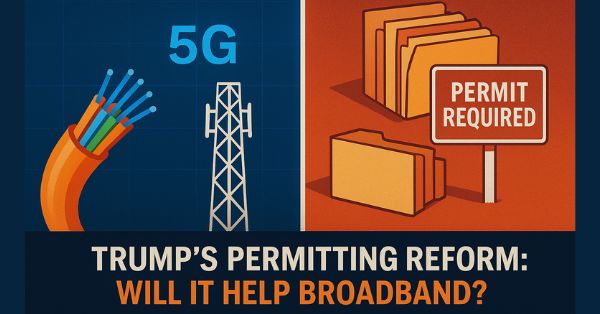The Lower Colorado River Authority (LCRA) has partnered with Ericsson to deploy a private LTE network across 68 counties in Texas. This initiative aims to modernize the utility grid, enhance cybersecurity, and provide low-latency communications for mission-critical operations. The 5G-ready network will improve visibility and control over LCRA’s operations, ensuring better reliability and security for the communities it serves.
Utility Communication Challenges: Aging Infrastructure, Cyber Threats & Latency
Utility companies face increasing challenges in maintaining reliable and secure communication networks. Some of the key hurdles include:
- Aging infrastructure that struggles to support modern applications.
- Cybersecurity threats targeting critical infrastructure.
- Extreme weather events, such as storms and heatwaves, that disrupt communication.
- Latency issues affecting real-time monitoring and remote operations.
- Lack of dedicated, high-capacity network resources for critical operations.
How LCRA’s Private LTE Network Enhances Grid Security & Reliability
To overcome these challenges, LCRA is deploying a private LTE network, leveraging Ericsson’s advanced solutions. The network will provide:
- Mission-critical communications, including Supervisory Control and Data Acquisition (SCADA) and mission-critical push-to-talk (MCPTT).
- High-security features with Ericsson’s network security management.
- Geographically redundant dual-mode 5G Core, ensuring reliability and future readiness.
- Dedicated bandwidth for essential operations, independent of public cellular congestion.
- Support for electric cooperatives, municipalities, schools, and transit agencies to enhance their communication infrastructure.
LCRA’s 5G-Ready LTE Network: The Technology Behind the Upgrade
The LCRA private LTE network will utilize:
- 5G-ready Ericsson Dual-Mode 5G Core for long-term scalability.
- Ericsson’s Radio Access Network (RAN) solutions for wide-area coverage.
- Advanced network management and security tools to protect against cyber threats.
- 24/7/365 monitoring through Ericsson’s dedicated Network Operations teams for enhanced resilience.
Key Benefits of Private LTE for Utilities: Cybersecurity, Latency & Cost Savings
This private LTE deployment will offer several advantages for LCRA and its stakeholders:
- Improved Grid Resilience – Faster response times to power outages and equipment failures.
- Stronger Cybersecurity – Enhanced protection against cyber threats and malicious attacks.
- Lower Latency & Higher Performance – Optimized for real-time data applications.
- Cost Savings – Eliminating dependency on commercial networks reduces long-term costs.
- Enhanced Control & Visibility – Greater network management capabilities for utilities.
Private Networks in Utilities: How LCRA Sets a New Standard
LCRA’s initiative highlights the growing trend of private networks in the utilities sector. Utilities are increasingly adopting 5G and edge computing to modernize their operations. By leveraging a private LTE network, LCRA sets a precedent for other energy providers to enhance reliability, security, and efficiency in grid management.
Ericsson’s Private LTE Solution: Powering Texas’ Utility Network
Ericsson is providing the end-to-end solution, including private LTE infrastructure, security solutions, and 24/7 network monitoring. Their experience in mission-critical networks ensures that LCRA’s deployment meets high availability and performance standards.
LCRA’s Private LTE Rollout: Key Milestones & Future Plans
- Q1 2025: Initial network operations to begin.
- Multi-year deployment: The network will expand across 68 counties over the coming years.
- Future upgrades: The private LTE network is 5G-ready, enabling seamless transition to advanced technologies.
Future-Proofing Texas Utilities: LCRA & Ericsson’s Private LTE Vision
The LCRA and Ericsson partnership marks a significant step in securing and modernizing Texas’ critical utility infrastructure. By deploying a private LTE network, LCRA enhances its operational efficiency while future-proofing its services against evolving threats and demands. This project reinforces the role of private networks in ensuring resilient, secure, and efficient utility services for millions of Texans.
Learn more about Private Networks, 5G, and Utilities.





















